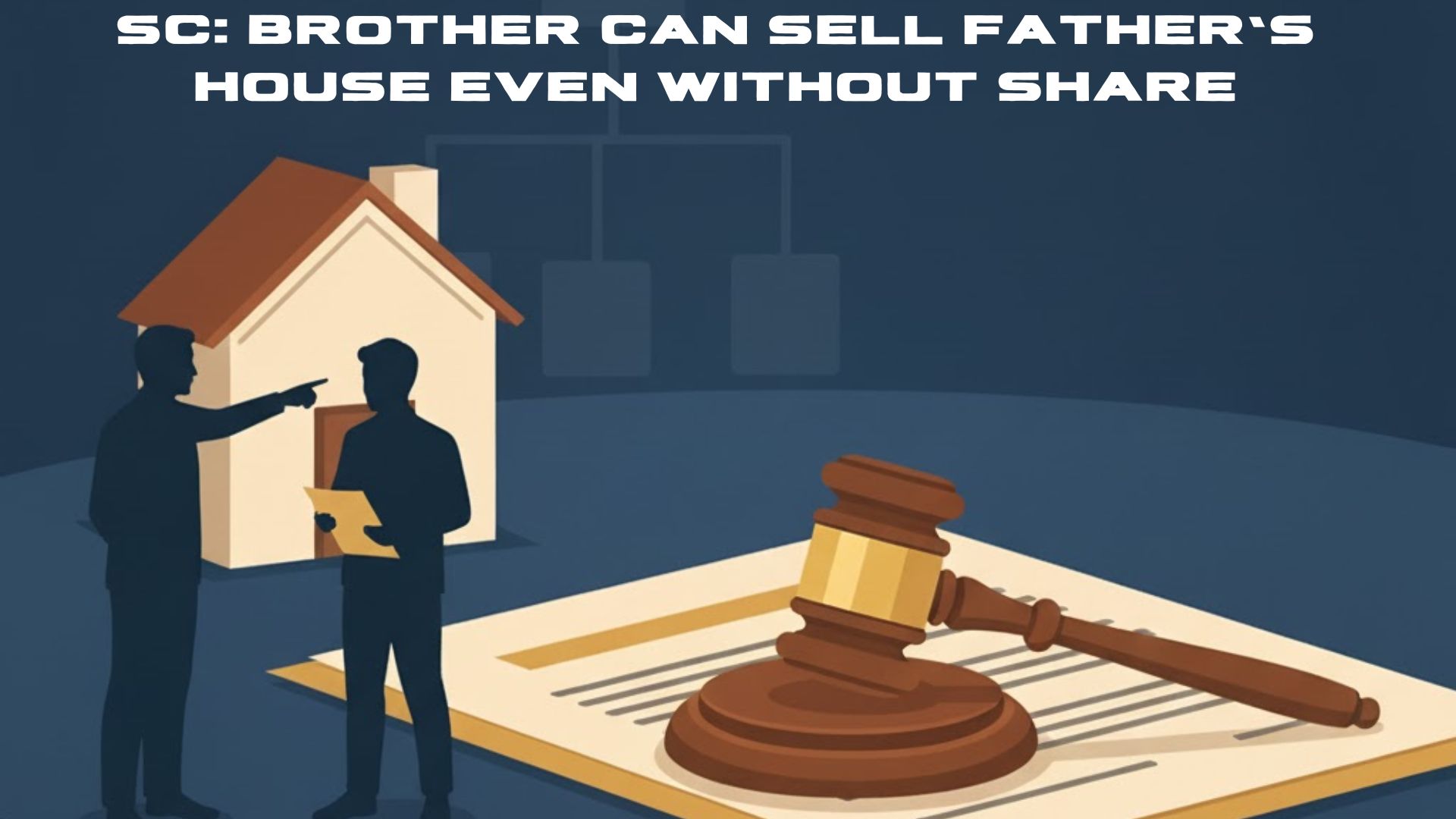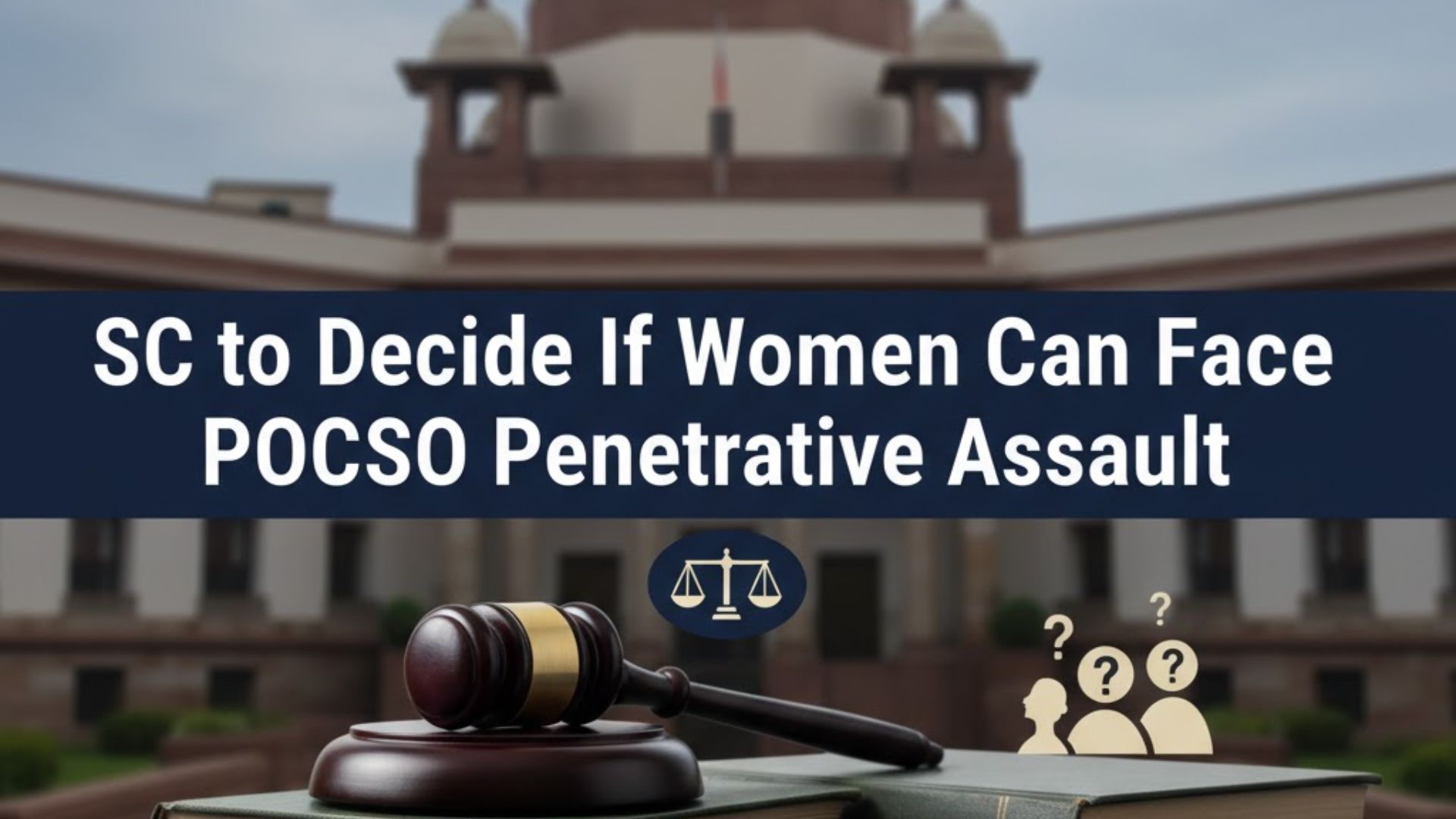1. This appeal has been restored to the file of this Bench by an order dated January 28, 2019 passed by the Hon'ble Supreme Court in Criminal Appeal
No(S). 161/2019 arising out of Special Leave Petition (CRL) No. 8055 of 2018. For reasons which shall appear hereinafter, this Court quote the para
6, 7 and 8 of order :-
6. After hearing the learned counsel for the parties, we are satisfied that the High Court ought to have discussed the evidence as well as
the effect of production of the photo copy of the Panchayat register.
7. Without commenting on the merits of the case, we set aside the impugned judgment and order and remit the case to the High Court, which
a request to deal with the appeal vis-a-vis the appellants afresh, in accordance with law.â€
8. The appeal is, accordingly, disposed of.
2. This appeal arises out of the judgment of conviction and order of sentence dated 19.09.2001 passed by the Special Judge under the Scheduled
Castes and Scheduled Tribes (Prevention of Atrocities) Act, 1989 (for short 'the Act of 1989'), Raipur in Special Sessions Trial No.48/2000 convicting
the accused/appellants under Section 3 (1) (x) and sentencing them to undergo R.I. for six months with fine of Rs.500/-, plus default stipulation.
3. The prosecution case, in brief, is that complainant Manohar (PW/1) is by caste a Satnami (Scheduled Caste) and was posted as a Peon at Gram
Panchayat Bhaluchuwa. It is alleged that on 24.03.2000, a panchayat meeting was held. During the meeting, the appellants and two other accused
Phoolsingh Gond and Bhuneshwar Gond intentionally insulted and intimidated the Complainant by saying “we do not drink water from the hands of
a Chamar†and humiliated him in the panchayat. The matter was reported by the complainant vide written report (Ex.P/1). On the basis of Ex.P/1,
two separate cases were registered, one against the appellants under Section 3(1)(x) of the Act of 1989 and the other against accused Phoolsingh
Gond and Bhuneshwar Gond. Since Phoolsingh Gond and Bhuneshwar Gond are members of Scheduled Tribe, the separate case against them was
registered under Section 294 of the Indian Penal Code. On completion of the investigation, two separate charge-sheets were filed. Charge was
framed against the appellants under Section 3(1)(x) of the Act of 1989.
4. So as to hold the accused/appellants guilty, the prosecution examined as many as 10 witnesses. Statements of the accused/appellants were also
recorded under Section 313 of the Cr.P.C. in which they denied the circumstances appearing against them, pleaded innocence and false implication.
Two witnesses have been examined in their defence.
5. The trial Court, after hearing learned counsel for the parties, convicted and sentenced the appellants as mentioned in the second paragraph of this
judgment. Hence, this appeal.
6. Learned counsel for the appellant submits that there is delay of about 10 days in lodging the FIR (Ex.P/2) and no plausible explanation has been
offered in this regard. He further submits that evidence of prosecution witnesses do not inspire confidence and trustworthy. Learned counsel also
submits that the incident took place in the year 2000 and more than 20 years has rolled by after the incident, at the time of incident, the appellant Nos.
1 and 2 were aged about 46 and 36 year and they remained in jail for about 13 and 10 days respectively. The offence is of caste remarks uttered by
Phoolsingh and Bhuneshwar and not by the appellants. Therefore, the appellants may be acquitted of the charges levelled against them.
7. On the other hand, learned State counsel supported the impugned judgment of conviction and order of sentence.
8. Heard learned counsel for the parties and perused the record of the trial Court.
9. Complainant Manohar (PW/1) has stated in para 6 of his statement that as soon as the meeting started, the applicants were asking to remove him
from the post of Peon. He has also stated that Phoolsing told him that he will not drink water from his hand and will remove him from the post of
Peon. This point was supported by the remaining accused persons including the appellants and they had also uttered the same word.
10. Kartikram (PW/2), Arun (PW/3) and Bundram (PW/8) while supporting the above statement of complainant Manohar (PW/1) stated that during
the meeting, both the present appellants and accused Phoolsing and Bhuneshwar had said that the complainant is Satnami by caste and they will not
drink water from his hands. Other witnesses namely Samaylal (PW/4), Sammatbai (PW/5), Bhekhlal (PW/6) and Muniyabai (PW/9) have not
supported the case of the prosecution and turned hostile admitting the fact that a panchayat meeting had been convened.
11. Kartikram (PW/2), in para 4 of his examination-in-chief, has stated that he has brought the Register of Panchayat Proceeding, which was seized
by police vide Ex.P/3 and proved his signature from 'A' to 'A' part. He has also stated that he had given photocopy of the proceeding details of the
relevant date to the police. Photocopy (Ex.P/4-C) was matched with the original register.
12. Hon'ble Supreme Court remitted the case to the High Court for discussing the evidence as well as the effect of production of the photo copy of
the Panchayat register. Before I deal with the issue, it would be appropriate to understand the basic idea behind the provisions of the Evidence Act
relating to effect, relevancy and evidentiary value of the documentary evidence of the Panchayat register. The Act entails elaborate provisions relating
to admissibility of documents. 'Best Evidence Rule' is a golden thread which runs through the provisions relating to admissibility of evidence, and when
seen in context of documentary evidence such rule is enshrined in section 65 of the Act which provides that in which cases secondary evidence
relating to documents may be given. The best evidence rule requires that if the contents of a writing are to be proved, the document must be proved.
Some documents are self- authenticated such as ancient documents, recorded deeds and other documents. However other documents are required to
be proved in accordance with the provisions of the Act. While the photostate copy of a document which is accurate reflection of original document is
accepted as secondary evidence but it has to be shown that the photostate copy is authentic and accurate reproduction of the original. This is so
because a photostate copy may be result of manipulation as it is susceptible to purposeful or accidental alteration or incorrect processing. The potential
of fraud exists with all photostate copies as they can be altered through redacting information performing cut and paste job, transparency tape lift-of
method, electronic editing etc. In this context, it would be appropriate to examine the Section 65 of the Evidence Act, which deal with cases in which
secondary evidence relating to document may be given. For facility of reference, Section 65 (a), (b), (c), (d), (e), (f) and (g) is reproduced herein-
under :-
65. Cases in which secondary evidence relating to documents may be given. - Secondary evidence may be given of the existence, condition,
or contents of a document in the following cases :-
(a) When the original is shown or appears to be in the possession or power -
of the person against whom the document is sought to be proved, or of any person out of reach of, or not subject to, the process of the
Court, or
of any person legally bound to produce it, and when, after the notice mentioned in section 66, such person does not produce it;
(b) when the existence, condition or contents of the original have been proved to be admitted in writing by the person against whom it is
proved or by his representative in interest;
(c) when the original has been destroyed or lost, or when the party offering evidence of its contents cannot, for any other reason not
arising from his own default or neglect, produce it in reasonable time;
(d) when the original is of such a nature as not to be easily movable;
(e) when the original is a public document within the meaning of section 74;
(f) when the original is a document of which a certified copy is permitted by this Act, or by any other law in force in [India] to be given in
evidence 2;
(g) when the originals consists of numerous accounts or other documents which cannot conveniently be examined in Court, and the fact to
be proved is the general result of the whole collection.
13. In cases (a), (c) and (d), any secondary evidence of the contents of the document is admissible. In case (b), the written admission is admissible. In
case (e) or (f), a certified copy of the document, but no other kind of secondary evidence, is admissible. In case (g), evidence may be given as to the
general result of the documents by any person who has examined them, and who is skilled in the examination of such documents.
14. In Smt. J. Yashoda v. Smt. K. Shobha Rani 2007 (2) RCR (Civil) 840, the Hon'ble Supreme Court while dealing with issue of admissibility of
photocopy of a document, original whereof was in possession of third party, came to a conclusion that since, the conditions mentioned in Section 65 of
the Act were not fulfilled, photostate copy could not be allowed to be produced as secondary evidence.
15. In this case, only photocopy (Ex.P/4-C) of original Panchayat register has been produced, which is hand written. Bare perusal of the document
(Ex.P/4-C) would reveal that it is neither true copy nor certified. Thus, in view of Section 64 (e) and judgment of Supreme Court in the matter of Smt.
J. Yashoda (supra), this photocopy is not admissible in evidence as secondary evidence.
16. A bare perusal of the evidence of Manohar (PW/1) goes to show that in his entire deposition he has specifically named accused Phoolsing and
Bhuneshwar for uttering caste remark. The version of complainant Manohar (PW/1) has been supported by Kartik Ram (PW/2), Secretary Gram
Panchayat, and Arun Kumar (PW/3), who is not the member of Gram Panchayat, whereas other witnesses Samaylal (PW/4), Smt. Sammat Bai
(PW/5), Sarpanch, Bhekhlal (PW/6), Up-Sarpanch, and Smt. Muniya Bai (PW/9), Panch, have not supported the prosecution case and turned hostile.
What Samaylal (PW/4), Sammat Bai (PW/5), Bhekhlal (PW/6), and Smt. Muniya Bai (PW/9) have stated in their deposition is that the appellants did
not utter any cast remark against the complainant (PW/1) and not stood by accused Phoolsingh and it is the accused Phoolsing who said that he would
not drink water from the hands of Manohar (PW/1) as he is Satnami by caste. There are material contradictions in the statements of complainant
Manohar (PW/1) & Samaylal (PW/4), Sammat Bai (PW/5), Bhekhlal (PW/6), and Smt. Muniya Bai (PW/9). The evidence of prosecution witnesses
do not inspire full confidence of this Court. Taking into consideration all the aforesaid facts, the possibility of appellants being falsely implicated in the
crime in question cannot be ruled out.
17. The findings recorded by the Court below thus appear to be beyond proper appreciation of the evidence adduced by the prosecution which cannot
have affirmation from this Court. Since, the prosecution has failed on all fronts to prove its case beyond the shadow of reasonable doubt, the benefit,
of course, has to go to the accused/appellants. The appeal is thus allowed, judgment impugned is hereby set aside and the accused/appellants stand
acquitted of the charges levelled against them. The accused/appellants are on bail, their bail bonds shall stand discharged.

